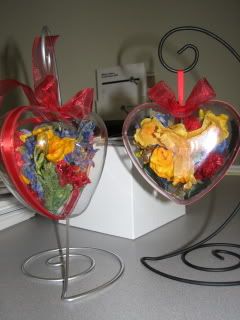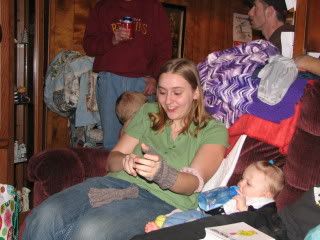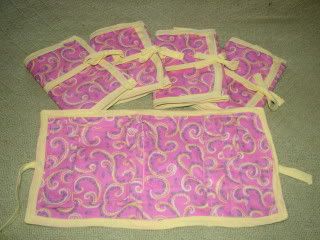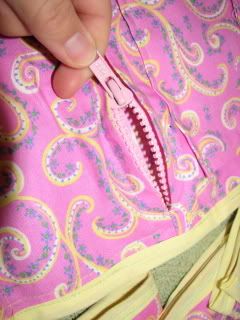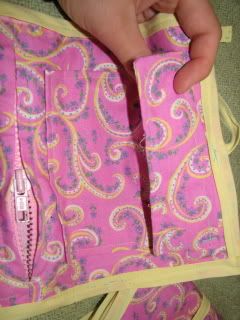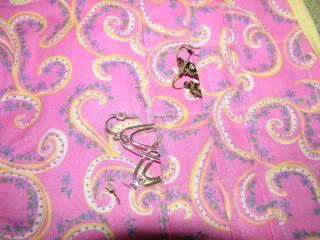
Have you heard of the pawpaw fruit?
Many people may be familar with the traditional childhood
folk song that refers to them, but many people have never actually seen or tasted a pawpaw.
According to
The PawPaw Foundation, the fruit is a native to the Americas and can be found near creeks and rivers in forests of eastern United States. The fruit sort of looks like a banana and has a very tropical scent.
Chris and I have five, fruit-producing pawpaws at the bottom of our property and there are several more smaller ones growing but not yet old enough to produce fruit.
My grandmother, whom I affectionately call Nannie, was so excited to learn we had pawpaw trees. She used to sit under her uncle's pawpaw trees and eat the fruit with her cousin, Madeline. She immediately ate one earlier this season when I brought a few to share with her.
The last couple of years have been too dry for the sensitive trees to produce any fruit. But this year we had a bounty.
So, I decided to gather some of the fruit and turn them into preserves. It was like Easter egg hunting in the fall. Supposed to be 3-6 inches in length, our longest fruit was 3 inches. I had to search among tall, green grasses and weeds to find the grass-colored, egg-shaped fruit.
Deseeding the fruit was not fun. It took hours to find the best way to extract the long, slender seeds. Chris and I finally decided the best way was to separate the seeds from the fruit was to use a colander with big holes and to manually pick out the seeds from the cooked fruit.
I used this
recipe from the Kentucky State University for the preserves:
Pawpaw Preserves
12 pawpaws (about 5 lbs.)
2 cups water
3/4 cups sugar
1 lemon
1 orange
Peel pawpaws. Put in kettle with water, without removing seeds. Boil until soft, then put through a sieve. Add sugar and juice of orange and lemon. Boil until thick. Grated rind of organge or lemon may be added. Put in sterilized jars and seal.
I tried the fruit for the first time this Sunday. I wasn't impressed. Neither was Chris. But I'm not one for citrus type preserves, such as citron, so maybe it's just not my thing.
The Kentucky State University site also lists several other types of recipes that I'm willing to try, such as cookies.
Needless to say, the pints I stashed away for Christmas may not make it into gift bags. Except maybe Nannie's. She loves pawpaws.
